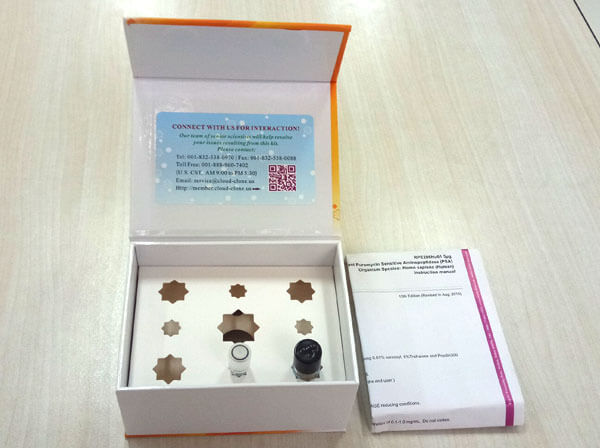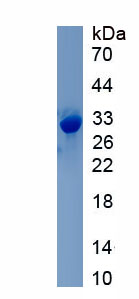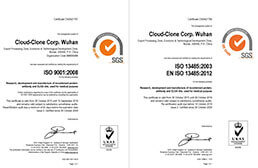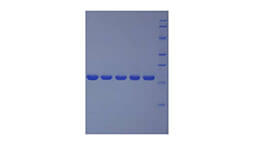Active 17-Beta-Hydroxysteroid Dehydrogenase Type 14 (HSD17b14) 

DHRS10; RetSDR3, SDR47C1; Retinal Short-Chain Dehydrogenase/Reductase 3; Short Chain Dehydrogenase/Reductase Family 47C,Member 1
- UOM
- FOB US$ 256.00 US$ 640.00 US$ 1,280.00 US$ 3,840.00 US$ 9,600.00
- Quantity
Overview
Properties
- Product No.APF175Hu01
- Organism SpeciesHomo sapiens (Human) Same name, Different species.
- ApplicationsCell culture; Activity Assays.
Research use only - DownloadInstruction Manual
- CategoryEnzyme & Kinase
- Buffer FormulationPBS, pH7.4, containing 0.01% SKL, 5% Trehalose.
- Traits Freeze-dried powder, Purity > 90%
- Isoelectric Point5.8
Sign into your account
Share a new citation as an author
Upload your experimental result
Review

Contact us
Please fill in the blank.
Activity test
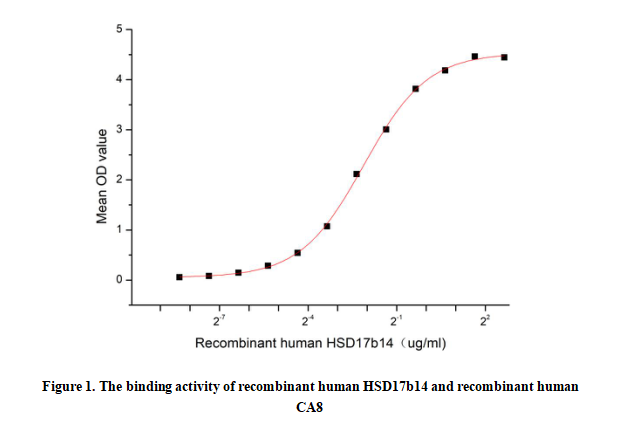
17-Beta-Hydroxysteroid Dehydrogenase Type 14 (HSD17b14) is an enzyme mainly expressed in the liver and other tissues. It belongs to the hydroxysteroid dehydrogenase family and participates in the metabolism of steroid hormones. HSD17b14 can catalyze the interconversion of specific steroid substrates, influencing the balance of steroid hormone levels in the body.Brsides,HSD17b14 can regulate cellular pH and metabolic processes by binding to Carbonic Anhydrase VIII (CA8), affecting activities related to steroid metabolism and ion balance to maintain cellular stability.Thus a functional binding ELISA assay was conducted to detect the interaction of recombinant human HSD17b14 and recombinant human CA8 . Briefly, biotin-linked HSD17b14 were diluted serially in PBS, with 0.01% BSA (pH 7.4). Duplicate samples of 100μl were then transferred to CA8-coated microtiter wells and incubated for 1h at 37℃. Wells were washed with PBST 3 times and incubation with Streptavidin-HRP for 30min, then wells were aspirated and washed 5 times. With the addition of substrate solution, wells were incubated 15-25 minutes at 37℃. Finally, add 50µl stop solution to the wells and read at 450nm immediately. The binding activity of HSD17b14 and CA8 was shown in Figure 1, the EC50 for this effect is 0.23ug/mL.
Usage
Reconstitute in 10mM PBS (pH7.4) to a concentration of 0.1-1.0 mg/mL. Do not vortex.
Storage
Avoid repeated freeze/thaw cycles. Store at 2-8°C for one month. Aliquot and store at -80°C for 12 months.
Stability
The thermal stability is described by the loss rate. The loss rate was determined by accelerated thermal degradation test, that is, incubate the protein at 37°C for 48h, and no obvious degradation and precipitation were observed. The loss rate is less than 5% within the expiration date under appropriate storage condition.
Increment services
-
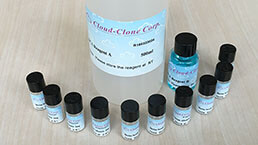 BCA Protein Quantification Kit
BCA Protein Quantification Kit
-
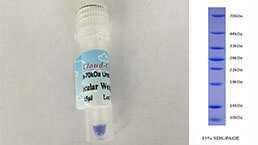 Molecular Mass Marker for Protein
Molecular Mass Marker for Protein
-
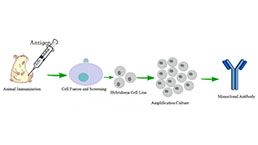 Monoclonal Antibody Customized Service
Monoclonal Antibody Customized Service
-
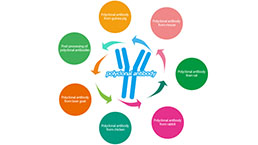 Polyclonal Antibody Customized Service
Polyclonal Antibody Customized Service
-
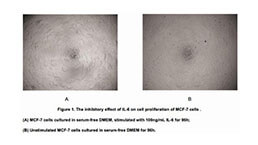 Protein Activity Test Experiment Service
Protein Activity Test Experiment Service
-
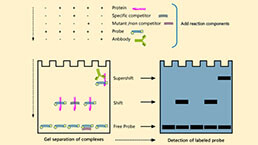 Electrophoretic Mobility Shift Assay (EMSA) Experiment Service
Electrophoretic Mobility Shift Assay (EMSA) Experiment Service
-
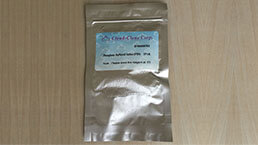 Buffer
Buffer
-
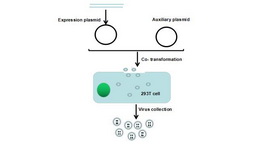 Lentivirus Packaging Experiment Service
Lentivirus Packaging Experiment Service
-
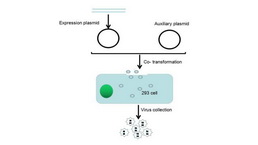 Adenovirus Packaging Experiment Service
Adenovirus Packaging Experiment Service
-
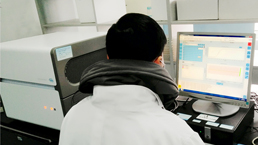 Real Time PCR Experimental Service
Real Time PCR Experimental Service
-
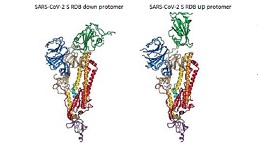 Spike RBD Protein (S-RBD)
Spike RBD Protein (S-RBD)
-
 Protein G
Protein G
-
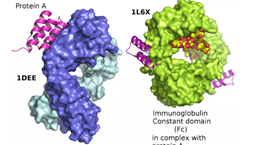 Protein A
Protein A
Citations
- Bisphenol A induces DSB-ATM-p53 signaling leading to cell cycle arrest, senescence, autophagy, stress response, and estrogen release in human fetal lung fibroblasts/s00204-017-2150-3
- Bisphenol A induces DSB-ATM-p53 signaling leading to cell cycle arrest, senescence, autophagy, stress response, and estrogen release in human fetal lung …Pubmed:29275510
- Role of Some Enzymes in Early Diagnosis of Ovarian CancerPubmed: 29848718




